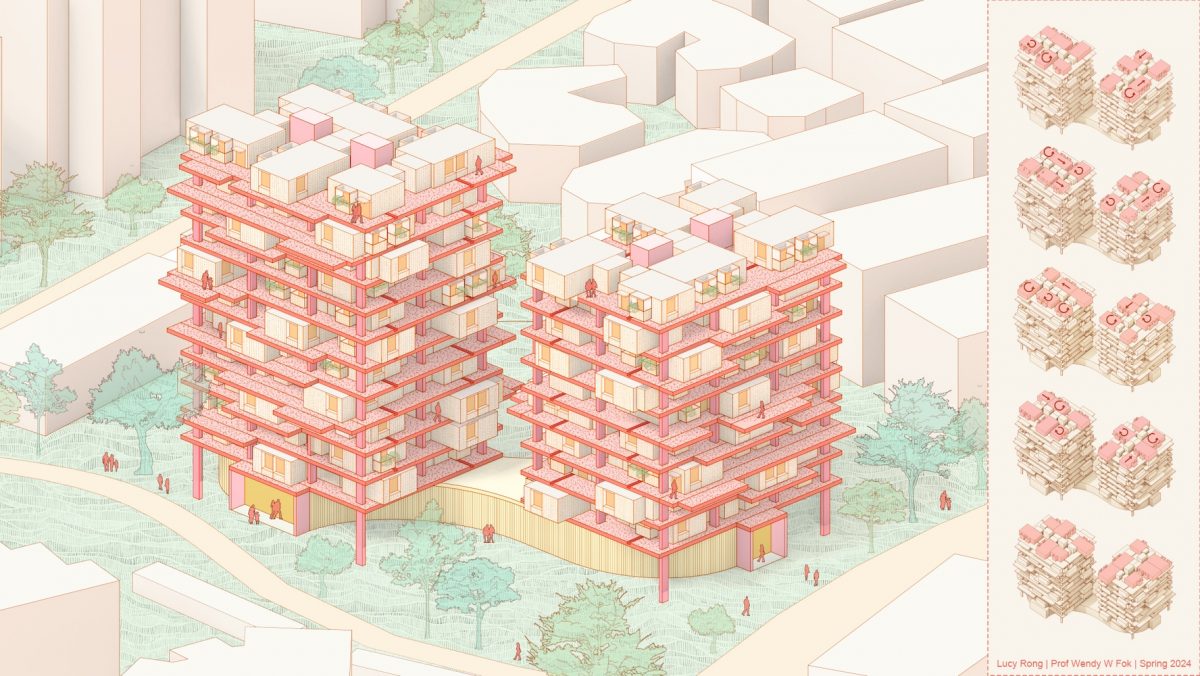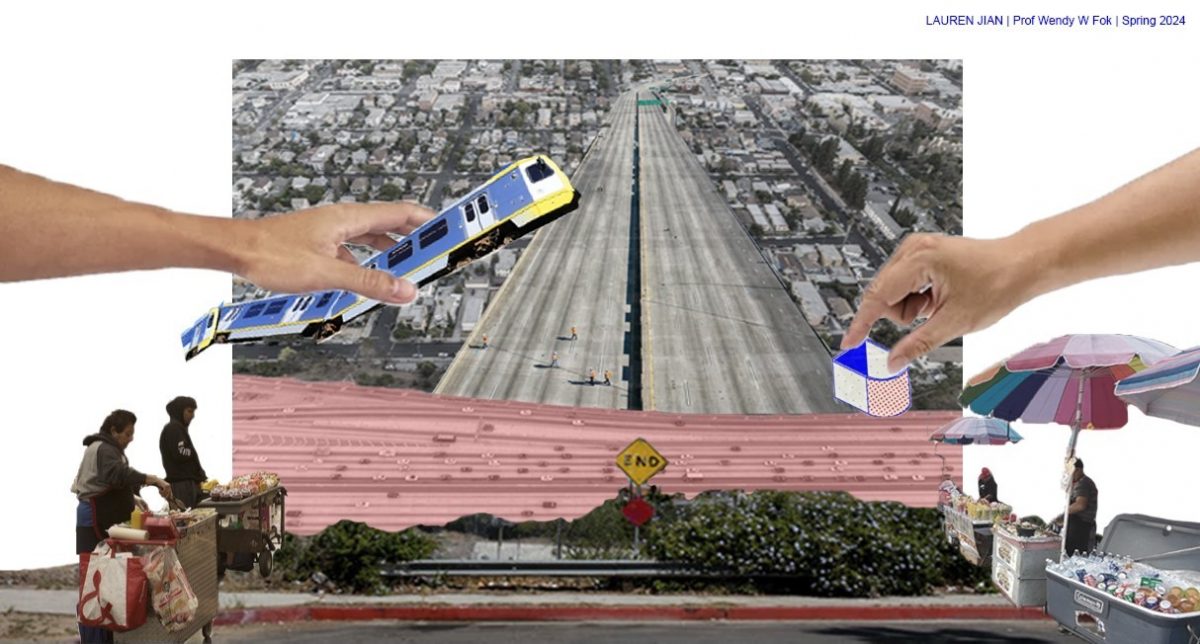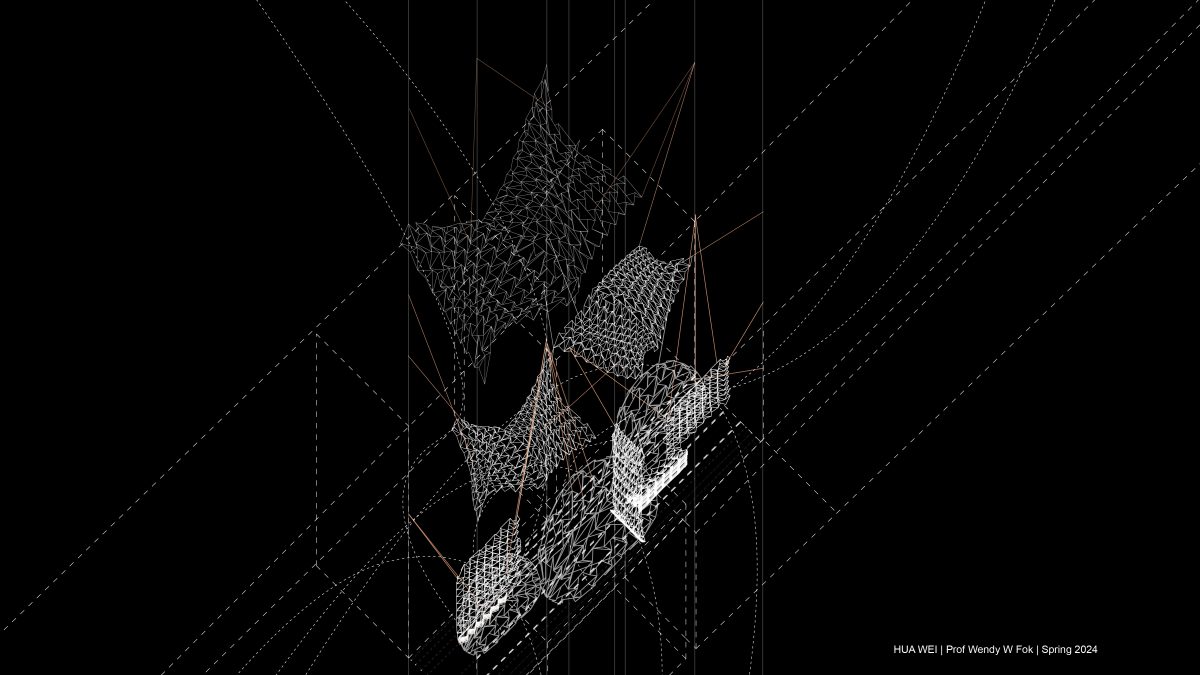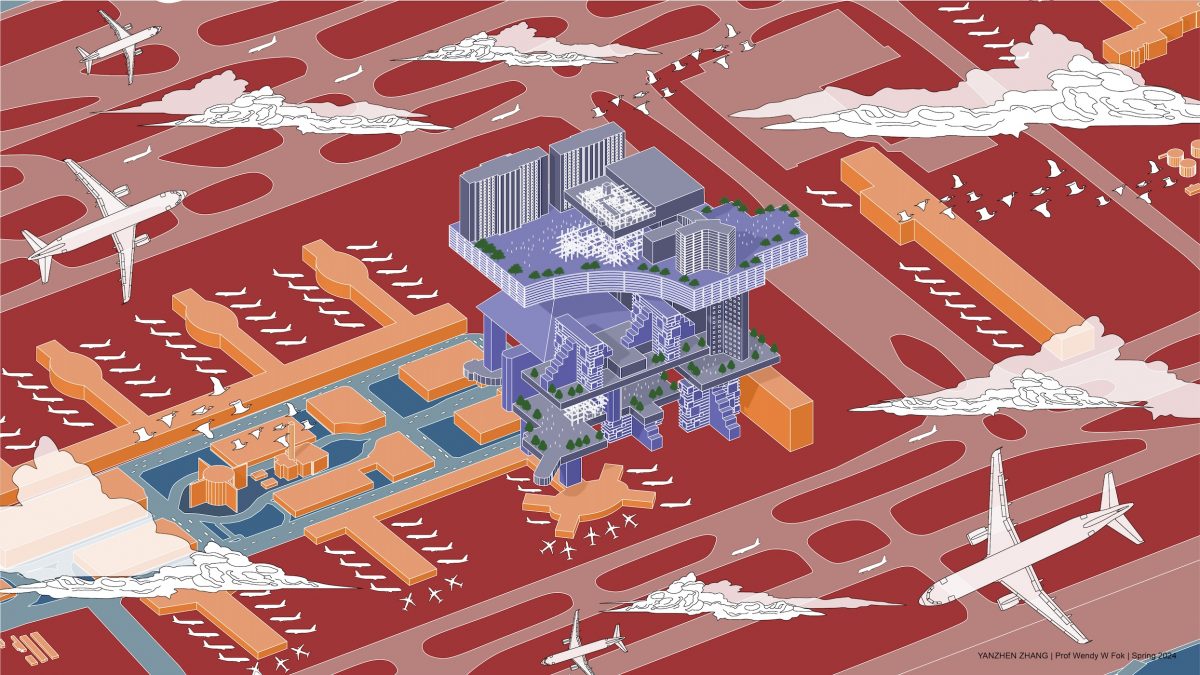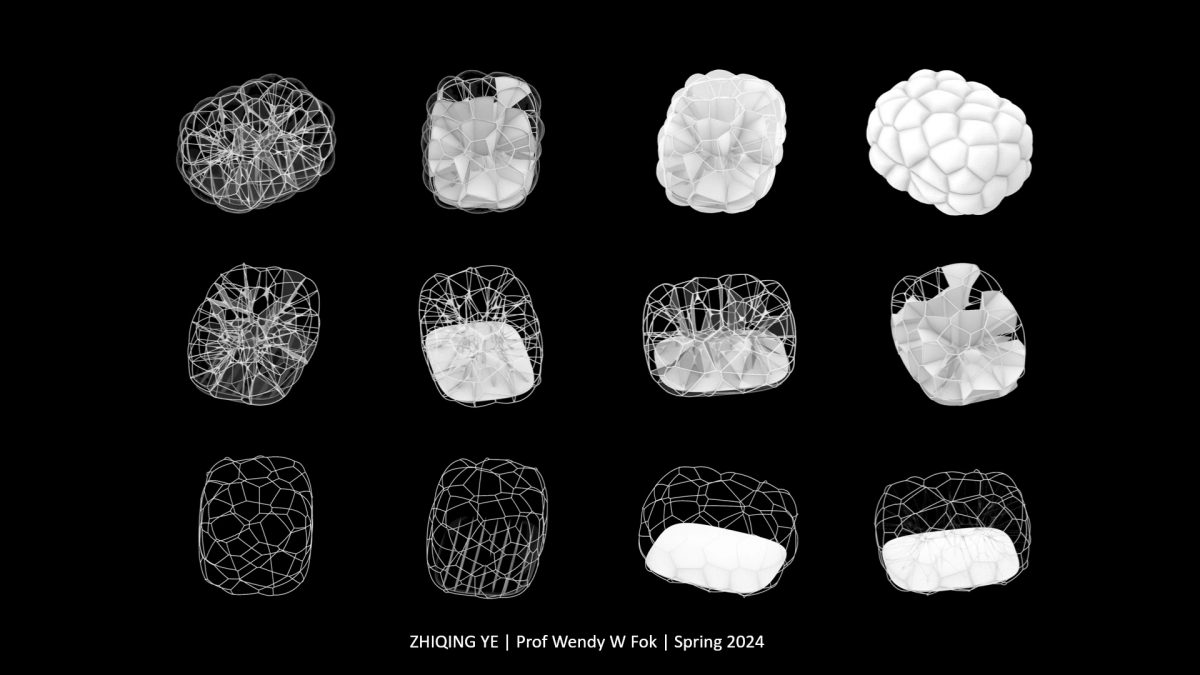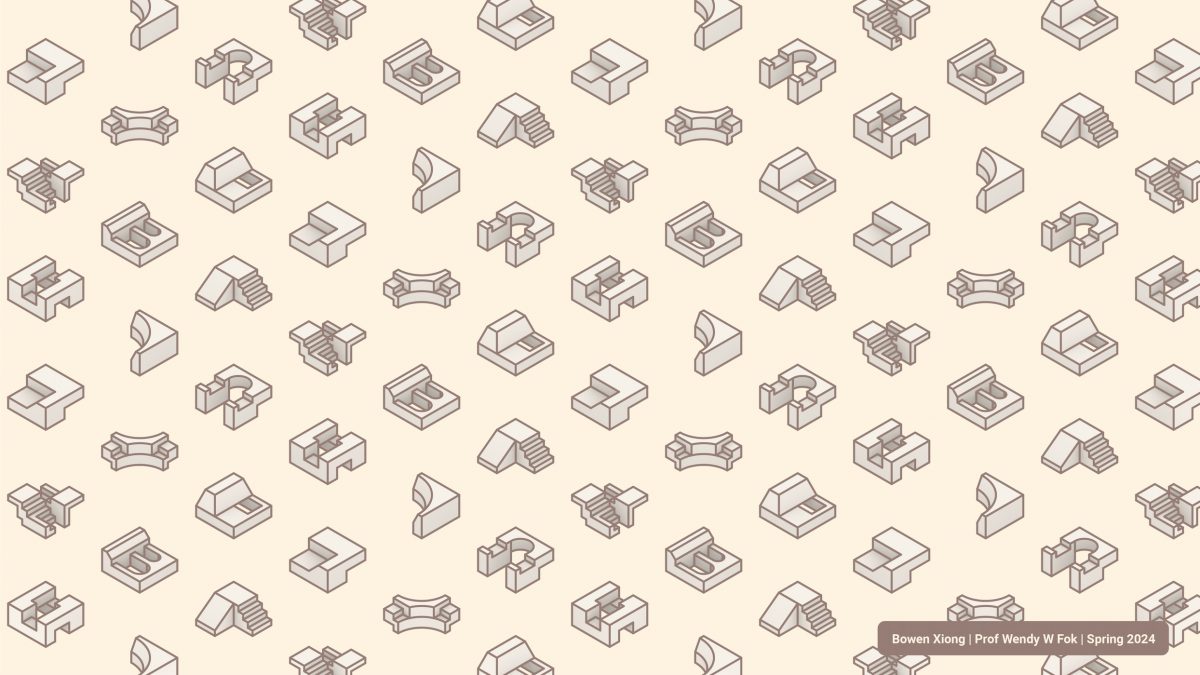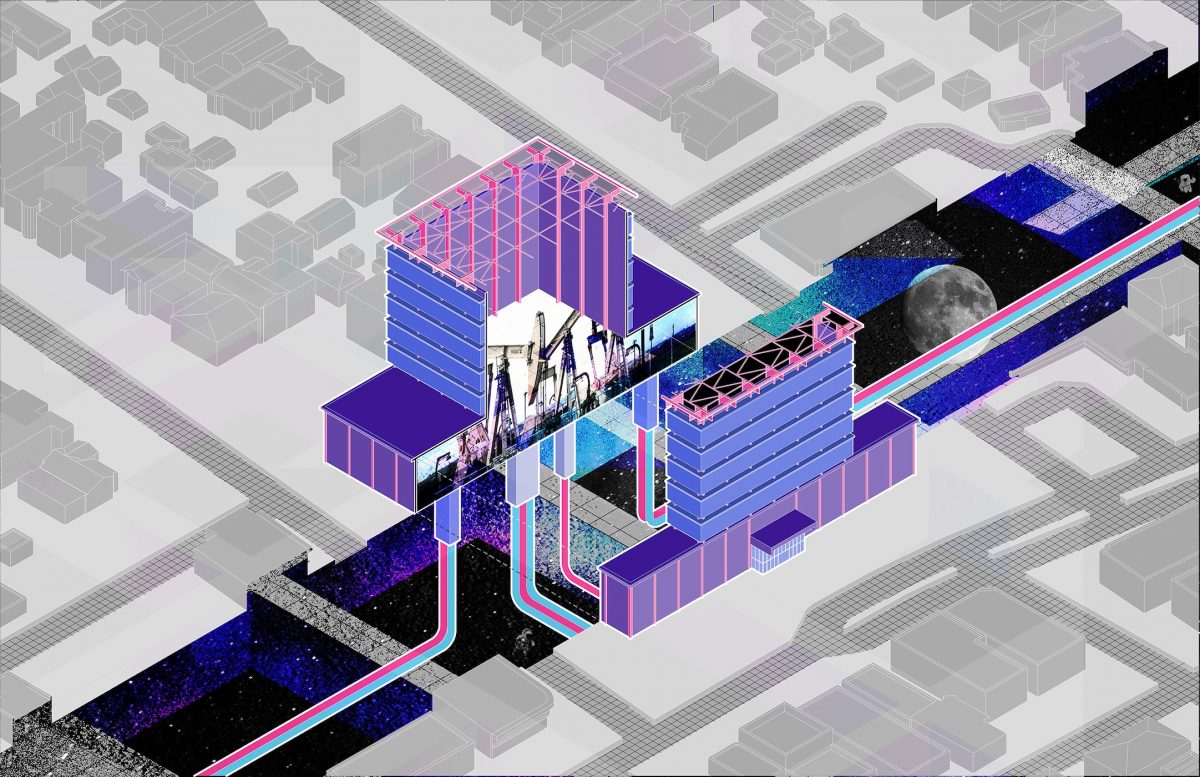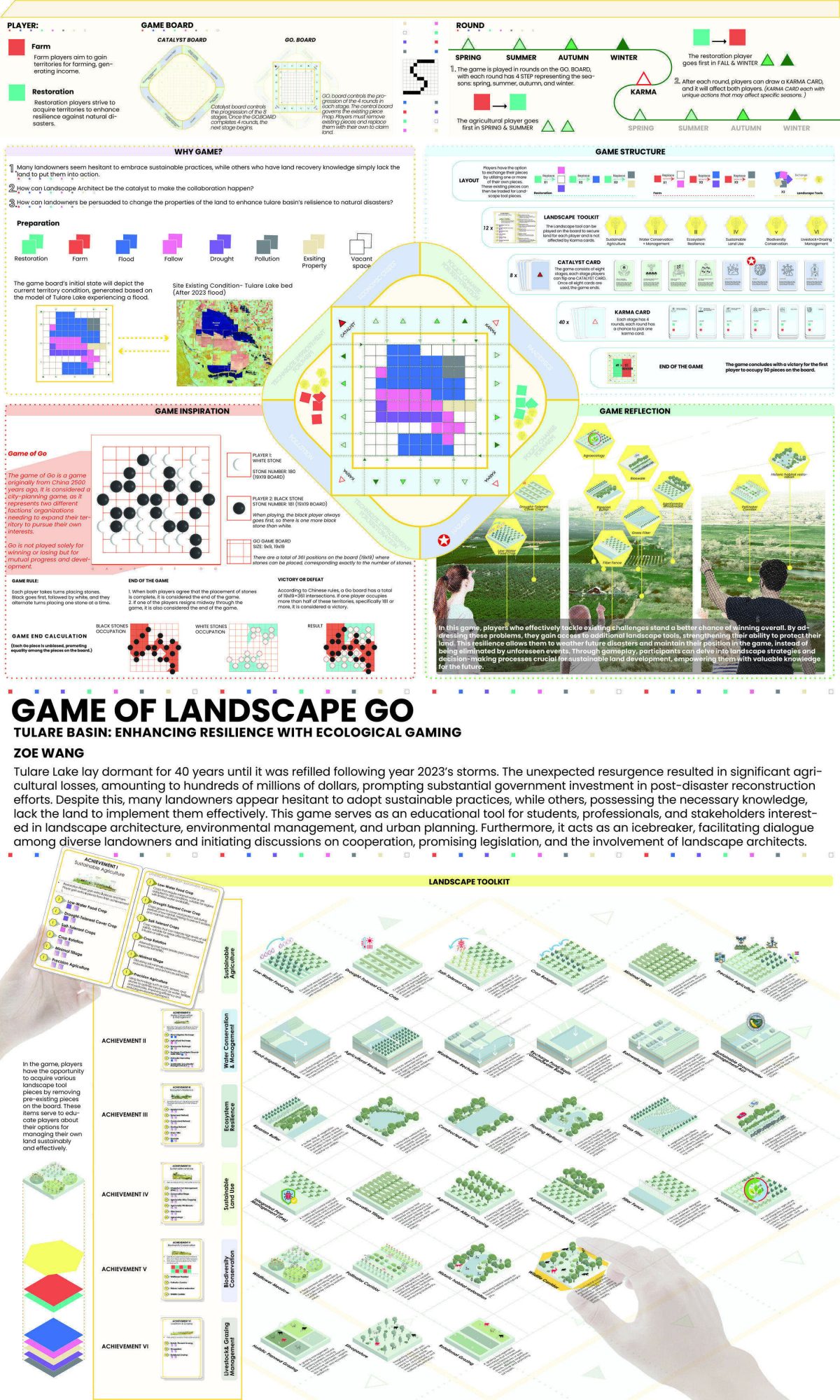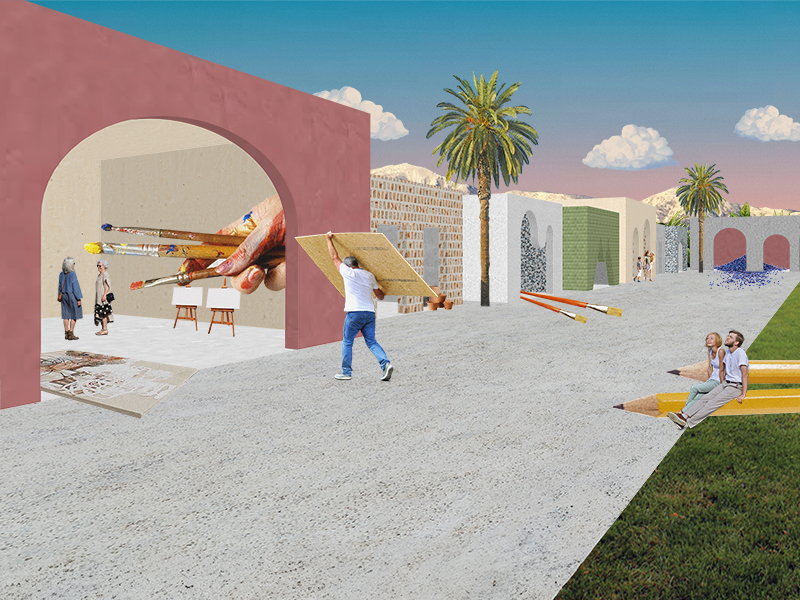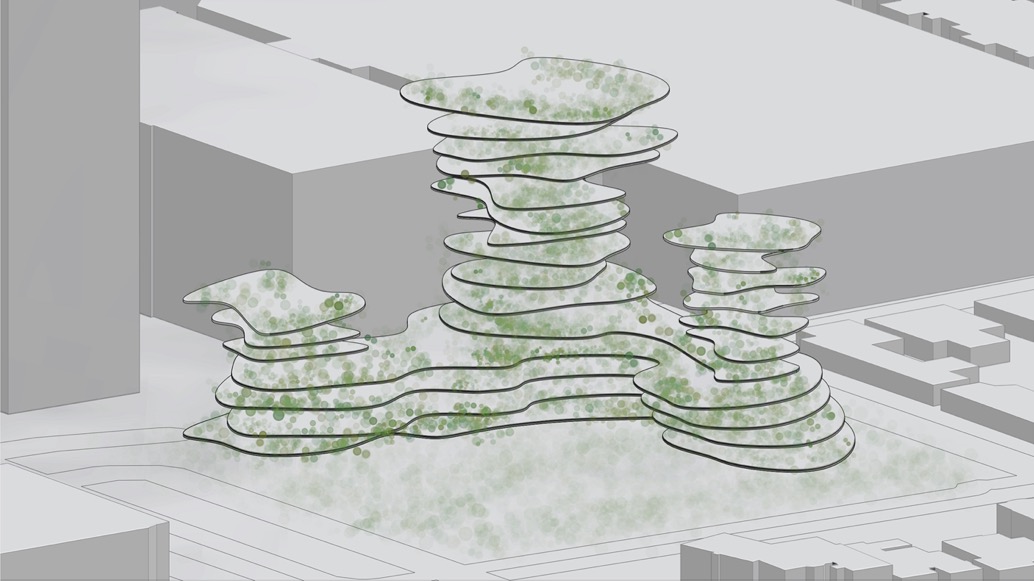This thesis explores Los Angeles as a food desert, and how food vendors provide an informal resource that impacts the street at a human scale and transportation at an urban scale. Street vendors become an agent for urban renewal to create equitable pedestrian friendly third spaces.
The project publicizes data as a method for storytelling liminal spaces, such as streetscapes, alleyways, lots, and their contributions (or lack thereof) to community. Illustrating data will visualize LA as a design desert, including existing programs and missing resources from in-between built spaces. This proposal showcases street vendors as an agent for urban renewal using technology to reconstruct and reimagines these in between spaces. This includes proposals at three levels, and developing methods for (1) grounded, (2) aspiring, and (3) revolutionary change in historically divided LA communities. This enables pedestrians to take back the street as a public, communal space.

